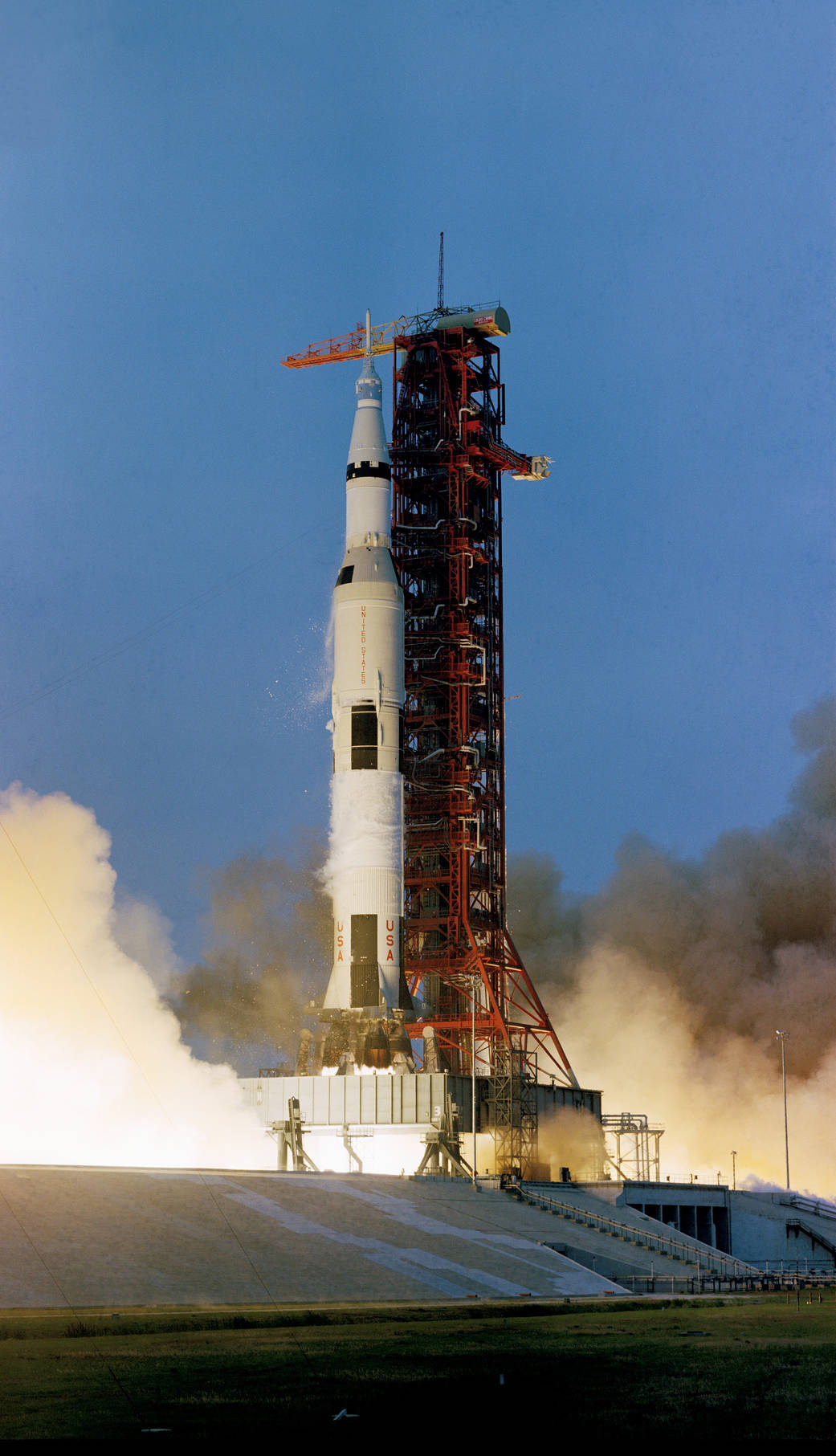
On April 11, 1970, Apollo 13 lifted off for the moon with Commander Jim Lovell, Command Module Pilot Jack Swigert and Lunar Module Pilot Fred Haise aboard. Two days later, with the spacecraft well on its way to the moon, an oxygen tank exploded, scrubbing the lunar landing and putting the crew in jeopardy.
Working with Mission Control in Houston, the crew used their lunar module as a “lifeboat,” and even rigged an adapter so than a command module “air scrubber” would work in the lunar module, preventing a dangerous buildup of carbon dioxide.
The mission ended safely when the crew splashed down on April 17, 1970, but its “can-do” spirit lives on at NASA. It shows in the efforts of thousands to return the shuttle fleet to flight, and it will ultimately help NASA fulfill its exploration Vision – returning to the moon, journeying to Mars and beyond.
Additional images: Damage from the explosion; the lunar module Aquarius; the improvised air scrubber; Haise, Lovell and Swigert.Image Credit: NASA


























